#kashgar
Explore tagged Tumblr posts
Text

Kashgar, East Turkestan
#kashgar#old city#turkic#nomad#traditional#culture#uyghurs#uyghur#free uyghurs#east turkestan#uyghur genocide
43 notes
·
View notes
Text

5 notes
·
View notes
Text

Map of The Route From Badakshan Across The Pamir-Steppe to Kashgar With The Southern Branch Of The Upper Oxus from the Survey made by the Mirza in 1868-69 to accompany the Paper by Major T.G.Montgomerie R.E; F.R.G.S. from 1871.
4 notes
·
View notes
Text

Kashgar, Xinjiang, China
Joel Heard
2 notes
·
View notes
Text

A Uyghur man rides a scooter while pulling his camel and horse (Kashgar, Xinjiang, August 2014).
2 notes
·
View notes
Video
youtube
Weddings in small-town Xinjiang really get wild!! 👰🏻🪩 新疆小镇的婚礼比我老家的夜店还狂热!
0 notes
Text

I took this years ago and have long since lost the original RAW files but felt like sharing anyway, sorry for low quality. Uighur woman rug weaving in Urumqi, July 2012. Photo by @gwenllian-in-the-abbey
#this was the same year the government demolished the old town in kashgar#security was pretty intense#but it got much worse a few years later#my photography#china#uighur#xinjiang#portrait#weaver
6 notes
·
View notes
Text
Traffic Management Around Kashgar Court

View On WordPress
0 notes
Text
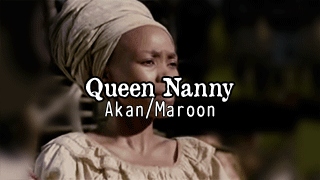



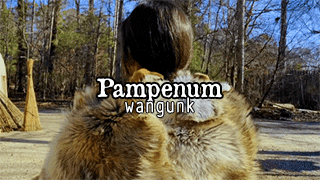



Historical Indigenous Women & Figures [6]:
Queen Nanny: the leader of the 18th century Maroon community in Jamaica, she led multiple battles in guerrilla war against the British, which included freeing slaves, and raiding plantations, and then later founding the community Nanny Town. There are multiple accounts of Queen Nanny's origins, one claiming that she was of the Akan people from Ghana and escaped slavery before starting rebellions, and others that she was a free person and moved to the Blue Mountains with a community of Taino. Regardless, Queen Nanny solidified her influence among the Indigenous People of Jamaica, and is featured on a Jamaican bank note. Karimeh Abboud: Born in Bethlehem, Palestine, Karimeh Abboud became interested in photography in 1913 after recieving a camera for her 17th birthday from her Father. Her prestige in professional photography rapidly grew and became high demand, being described as one of the "first female photographers of the Arab World", and in 1924 she described herself as "the only National Photographer". Georgia Harris: Born to a family of traditional Catawba potters, Harris took up pottery herself, and is credited with preserving traditional Catawba pottery methods due to refusing to use more tourist friendly forms in her work, despite the traditional method being much more labour intensive. Harris spent the rest of her life preserving and passing on the traditional ways of pottery, and was a recipient of a 1997 National Heritage Fellowship awarded by the National Endowment for the Arts, which is the highest honor in the folk and traditional arts in the United States. Nozugum: known as a folk hero of the Uyghur people, Nozugum was a historical figure in 19th century Kashgar, who joined an uprising and killed her captor before running away. While she was eventually killed after escaping, her story remains a treasured one amongst the Uyghur. Pampenum: a Sachem of the Wangunk people in what is now called Pennsylvania, Pampenum gained ownership of her mother's land, who had previously intended to sell it to settlers. Not sharing the same plans as her mother, Pampenum attempted to keep these lands in Native control by using the colonial court system to her advantage, including forbidding her descendants from selling the land, and naming the wife of the Mohegan sachem Mahomet I as her heir. Despite that these lands were later sold, Pampenum's efforts did not go unnoticed. Christine Quintasket: also known as "Humishima", "Mourning Dove", Quintasket was a Sylix author who is credited as being one of the first female Native American authors to write a novel featuring a female protagonist. She used her Sylix name, Humishima, as a pen name, and was inspired to become an author after reading a racist portrayal of Native Americans, & wished to refute this derogatory portrayal. Later in life, she also became active in politics, and helped her tribe to gain money that was owed them. Rita Pitka Blumenstein: an Alaskan Yup'ik woman who's healing career started at four years old, as she was trained in traditional healing by her grandmother, and then later she became the first certified traditional doctor in Alaska and worked for the Alaska Native Tribal Health Consortium. She later passed on her knowledge to her own daughters. February 17th is known as Rita Pitka Blumenstein day in Alaska, and in 2009 she was one of 50 women inducted into the inaugural class of the Alaska Women's Hall of Fame Olivia Ward Bush-Banks: a mixed race woman of African American and Montaukett heritage, Banks was a well known author who was a regular contributor to the the first magazine that covered Black American culture, and wrote a column for a New York publication. She wrote of both Native American, and Black American topics and issues, and helped sculptor Richmond Barthé and writer Langston Hughes get their starts during the Harlem Renaissance. She is also credited with preserving Montaukett language and folklore due to her writing in her early career.
part [1], [2], [3], [4], [5] Transphobes & any other bigots need not reblog and are not welcome on my posts.
562 notes
·
View notes
Text


Discovering Kashgar with traditional Atlas Uyghur dress ✨
#uyghurs#uyghur#free uyghurs#east turkestan#kashgar#turkic#nomad#traditional#culture#traditional clothing#turks#old city
21 notes
·
View notes
Text

#street vendor#watermelon#people#market#china#places#kashgar#streetlife#street life#street photography#food vendor
0 notes
Text


A Uyghur Muslim prayer inside Id Kah Mosque, Kashgar,Xinjiang Province, China
221 notes
·
View notes
Text

'2 uyghur women, kashgar, china' in (un)fashion - tibor kalman (2000)
98 notes
·
View notes
Note
there was Chinese interest in the Out Of Asia theory, in both the Republic, Chiang Republic and People’s Republic periods before the Out Of Africa theory became commonly accepted. Was the 1954 Yeti expedition done just from the Nepalese-Indian side or were the American agents and “anthropologists” given access on the Sino-Tibetan side of the Himalayan border?
During the early part of this century, it was absolutely believed for a long time that the deserts of Western China were the most likely place of human origins, as seen in this migration map from 1944, made from the best available knowledge of the time:
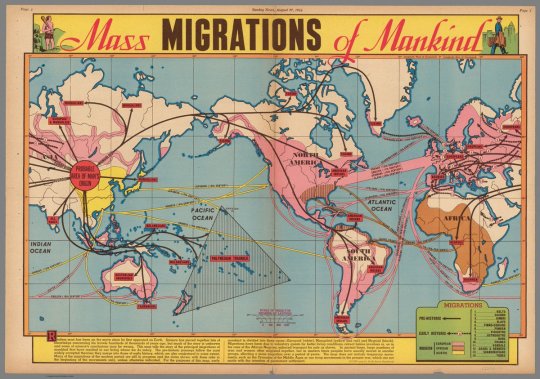
Remember, the oldest fossil remains at this point were in China, where Homo erectus was discovered (originally known by his initial place of discovery in Chungkotien Cave, nicknamed "Peking Man"). The discovery of Australopithecus and Homo habilis in Olduvai Gorge and South Africa, which place human origins in Africa, were not until the 50s and 60s, so it seemed entirely reasonable that Homo sapiens evolved in Western China.
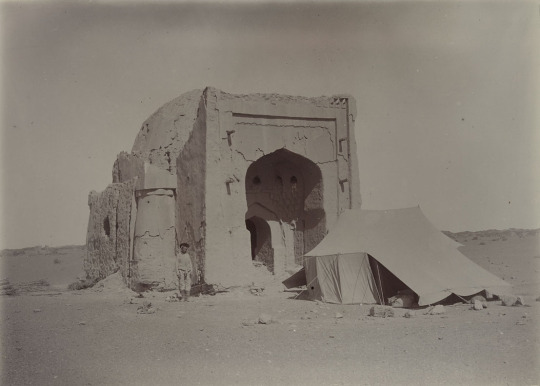
The idea that China's desert regions were the origin of modern humans and culture is seen a lot in pop culture from 1900-1950, mainly because there were tremendous explorations in the region, especially Aurel Stein's expedition of 1908, who ventured into the Taklamakan Desert to find the Dunhuang Caves and Khara-Khoto, a city destroyed completely by Genghis Khan and vanished in the desert.
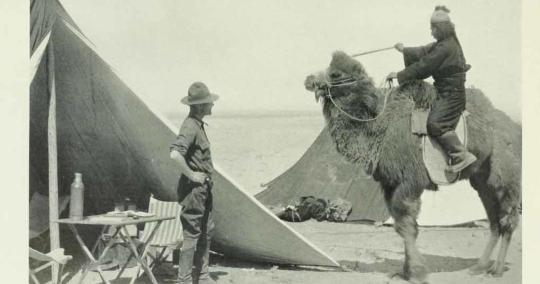
If you've ever heard of Roy Chapman Andrews and his famous expeditions in the 1920s, it's worth noting that he ventured into the Gobi Desert looking for human remains....not dinosaurs, and the discovery of dinosaur eggs was an unexpected surprise.
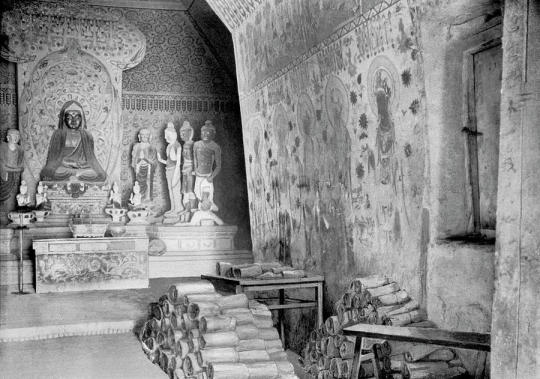
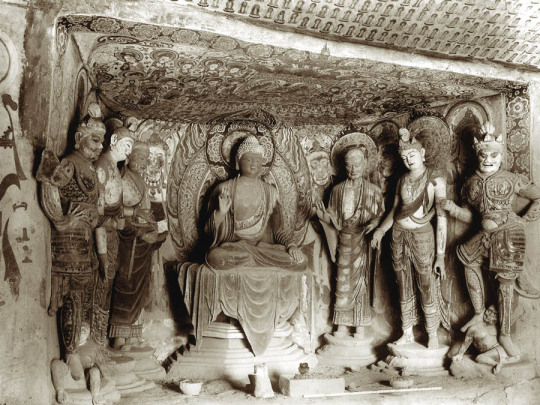
For that reason, there was a short lived Silk Road Mania that seemed to be a smaller scale predecessor to the pop culture dominating Egyptomania of the 1920s. It's bizarre to read adventure and fantasy fiction of the 1910s-1920s that features mentions of Silk Road peoples like the Kyrgyz, Sogdians, Tajik, Uigurians, and Tuvans. The best example I can think of would be the Khlit the Kossack stories of Harold Lamb (who also wrote a biography of Tamerlane), which together with Tarzan and Tros of Samothrace, formed the core inspiration for Robert E. Howard's Conan the Barbarian.
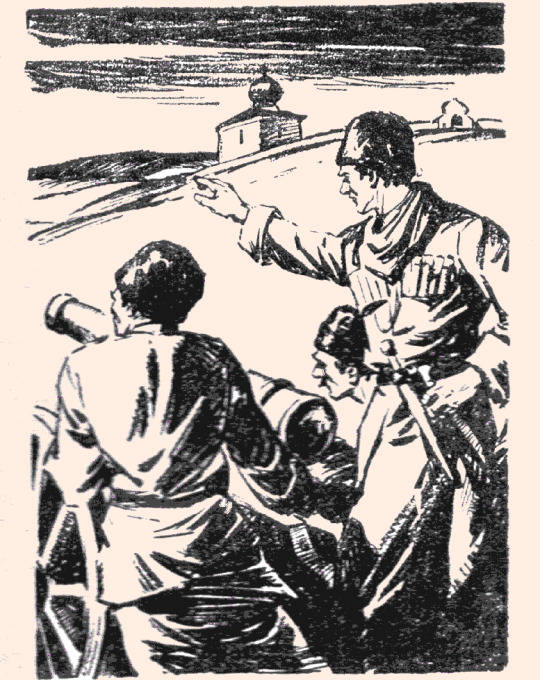
The most interesting example of this would be A. Merritt's Dwellers in the Mirage, which featured a lost city in Xinjiang that was the home of the Nordic race, who worshipped their original religion, the kraken-like squid devil god Khalkru. It was widely believed in this era that Nordics emerged from Central Asia originally, and while it's easy to write this off as turn of the century racialist claptrap pseudohistory (along with Hyperborea legends), in this case, it is actually true: a branch of the Indo-European family lived in West China, and 5,000 year old redheaded mummies have been found in the region. As usual, A. Merritt was right on the money with his archeology, more so than other 1920s authors. After all, his "Moon Pool" was set around the just discovered ruins of Nan Madol, the Venice of Micronesia.

Jack Williamson's still chilling Darker Than You Think in 1948 was also set in the Silk Road/Central Asian region, as the place the race of shapeshifters emerged from, Homo magi, who await the coming of their evil messiah, the Night King, who will give them power over the human race.
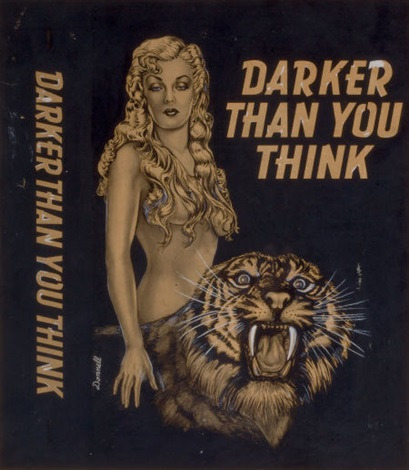
H. Rider Haggard set "Ayesha: the Return of She" (1905) in Xinjiang, among a lost Greek colony in Central Asia (no doubt based on Alexandria on the Indus, a Greek colony in modern Pakistan that was the furthest bastion of Greek Culture). This was also two years after the Younghusband Thibetan Expedition of 1903, where the British invaded Tibet. At the time, the Qing Dynasty was completely declining and lost control of the frontier regions, and the power vacuum was filled by religious authority by default (this is something you also saw in Xinjiang, where for example, the leader of the city was the Imam of Kashgar).
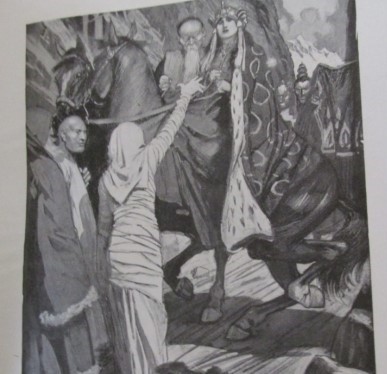
This is one of the many British invasions they have attempted to cram down the memory hole, but if you ever see a Himalayan art piece that was "obtained in 1903-1904" ....well, you know where it came from.
Incidentally, there's one really funny recent conspiracy theory about paleontology, fossils, and China that I find incredibly interesting: the idea that dinosaurs having feathers is a lie and a sinister plot spread by the Communist Chinese (who else?) to make American youth into sissy fancylads, like Jessie "the Body" Ventura. How? By lying to us and making up that the manly and vigorous Tyrannosaurus, a beast with off the charts heterosexuality and a model for boys everywhere, might have been feathered like a debutante's dress. What next - lipstick on a Great White Shark? The long term goal is to make Americans effeminate C. Nelson Reilly types unable to defend against invasion. This is a theory that is getting steam among the kind of people who used to read Soldier of Fortune magazine, and among abusive stepfathers the world over.

...okay, are you done laughing? Yeah, this is obvious crackpottery and transparent sexual pathology, on the level of the John Birch Society in the 60s saying the Beatles were a Communist mind control plot. Mostly because animals just look how they look, and if it turned out that the ferocious Tyrannosaurus had feathers and looked like a fancylad Jessie Ventura to you, well, that's your problem and mental baggage, really.
I was left scratching my head over this one. But there is (kind of) something to this, and that is that a huge chunk of recent dinosaur discoveries have been in China. I don't think it has anything to do with a Communist plot to turn American boys into fancylads, but more to do with a major push in internal public investment in sciences in that country, and an explosion of Chinese dinosaur discoveries. If you want to see a great undervisited dinosaur museum, go to the Zigong Dinosaur Museum in Sichuan.

Pop quiz: what living scientist has named more dinosaur discoveries? It's not Bakker or Horner. The greatest living paleontologist, Xu Xing, which is why a lot of recently found dinosaurs are named things like Shangtungasaurus.
253 notes
·
View notes
Text

Boys in Kashgar, Uyghur Autonomous Region
58 notes
·
View notes
Text

Ceramic of man and cow from the Kingdom of Khotan 7th-9th C. CE
"The origin of the name "Hephthalites" is unknown, it may stem either from a Khotanese word *Hitala meaning "Strong", from hypothetical Sogdian *Heβtalīt, plural of *Heβtalak, or from postulated Middle Persian *haft āl "the Seven Al"
In the late 5th century CE they expanded eastward through the Pamir Mountains, which are comparatively easy to cross, as did the Kushans before them, due to the presence of convenient plateaus between high peaks. They occupied the western Tarim Basin (Kashgar and Khotan), taking control of the area from the Ruanruans, who had been collecting heavy tribute from the oasis cities, but were now weakening under the assaults of the Chinese Northern Wei dynasty. In 479 they took the east end of the Tarim Basin, around the region of Turfan.
When Khosrow I died in 579, the Hephthalites of Tokharistan and Khotan took advantage of the situation to rebel against the Sasanians, but their efforts were obliterated by the Turks."
-taken from Wikipedia
94 notes
·
View notes